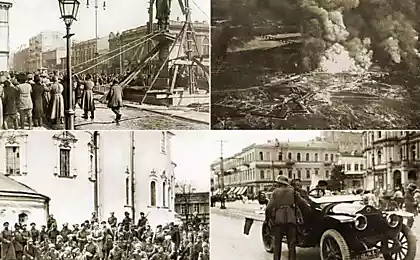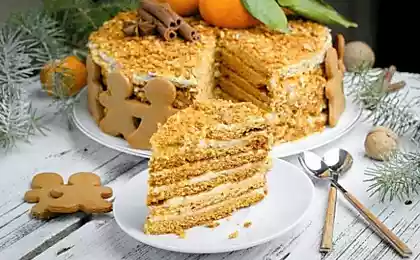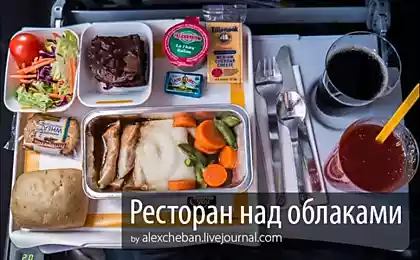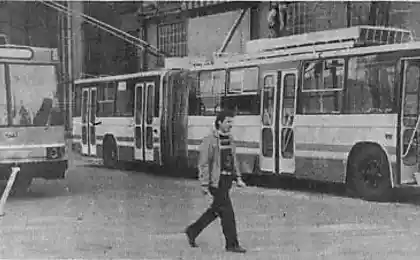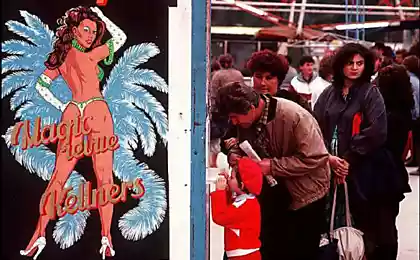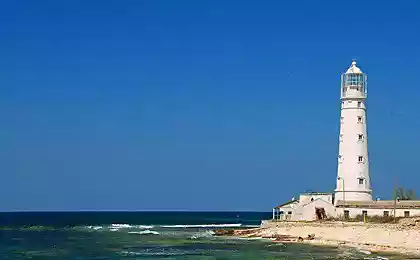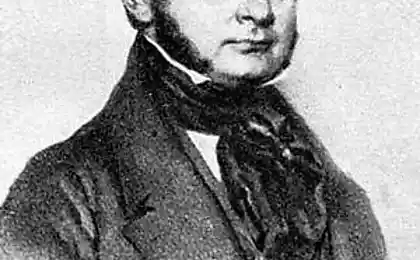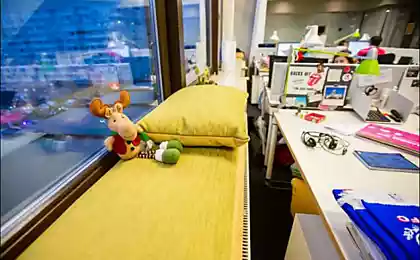3100
Kiev funicular. Brief History and Facts

Firstly, as it turned out, in different sources provided conflicting data about the design funicular dates reconstruction and so on. Secondly, never affected his internal device. And finally, thirdly, there are a number of little-known but very interesting historical photos. So, with your permission, let's talk again about Kiev funicular. Contrary to tradition, first post will be about modern cable car, and then about its history.
1. Kiev funicular was opened in 1905 (the second in Ukraine after the Odessa). This year, this unusual transport system has turned 109 years old. Perhaps the most classic perspective on the track cable:
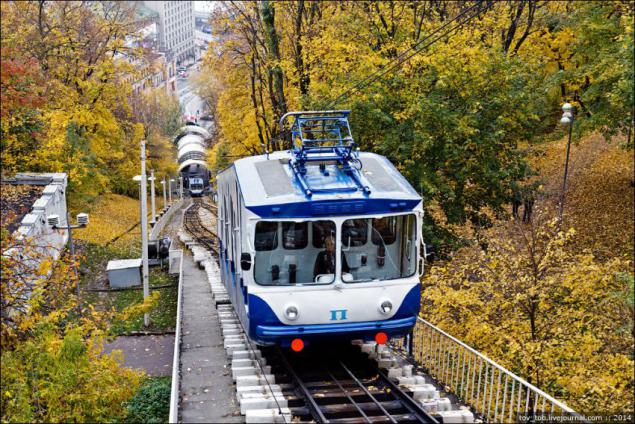
2. The length of the route - 222 m, the slope - 18-20 °.
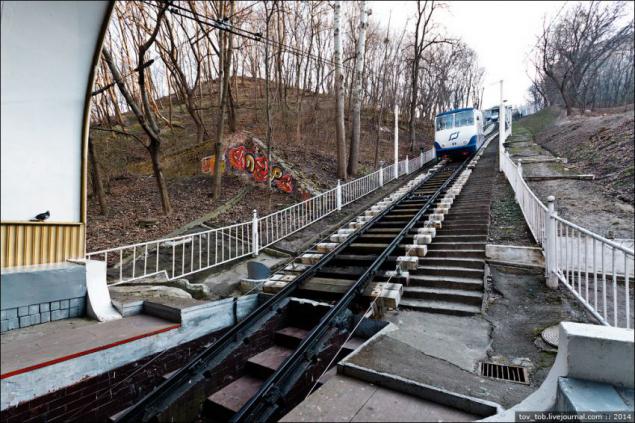
3. The journey each way takes about 3 minutes.

4. The difference in height between the top and bottom of the station is 75 m.

5. The upper part of the cable route is located on a reinforced concrete viaduct:
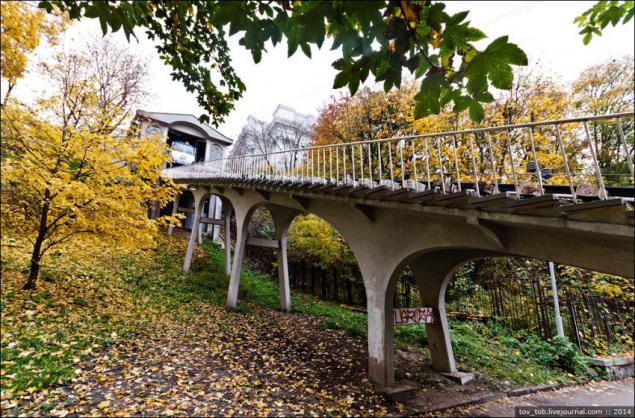
6. Incidentally, the record for the steepness of the route is located not far from the Australian city of Katoomba Mountain road length of 415 m (Katoomba Scenic Railway). The slope of its route reaches 52 °.
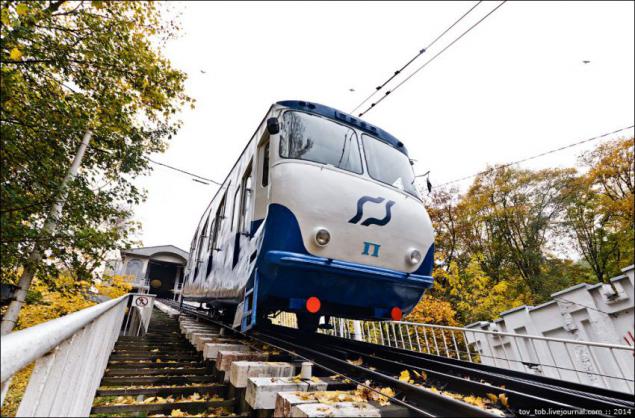
7. Kiev funicular uses the pendulum (the most common) scheme of work: two non-motorized carriage rigidly connected to a rope thrown over a pulley, which is located at the upper station. Move down one of the cars leads to a symmetric displacement of another car up, and cars are leaving at the center point of the track. In this system, the motor driving the pulley spends energy only to move the weight difference of two differently filled with passenger cars, but also to overcome frictional forces.
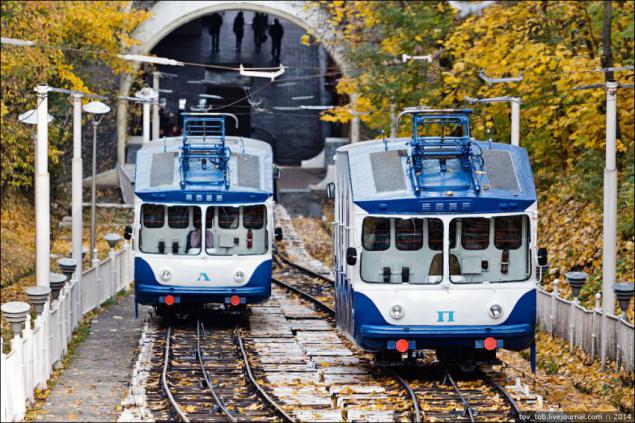
8. The rope connecting the wagons, laid between the support rails in a special system of direct and oblique blocks that provide the deflection of the rope along the route:
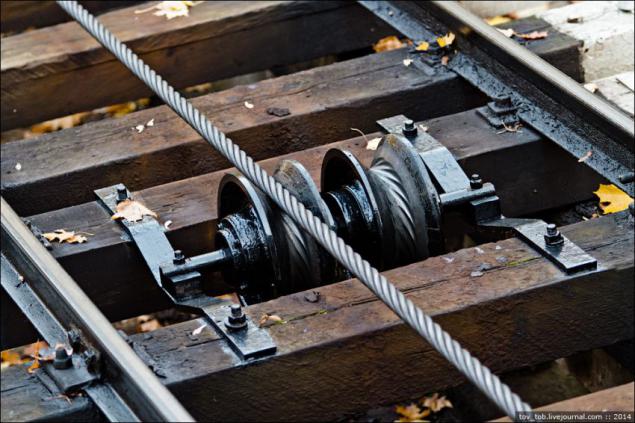
9. Rope changes every few years. His condition is monitored periodically and measure the thickness and other parameters.
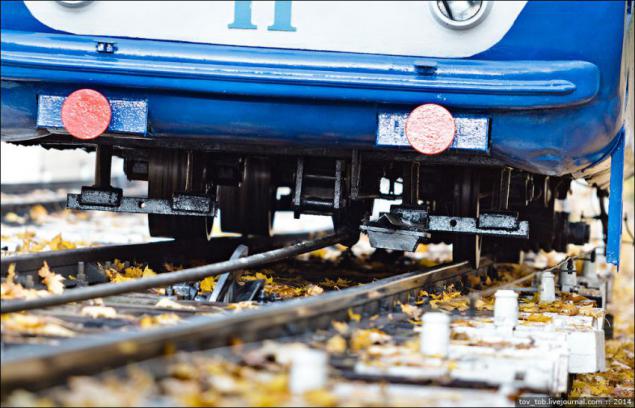
10. Use the arrow siding cars Abt. The gist of it is that the external solid track rails, and internal discontinuities have to skip rope.

11. Every continuous rail on both sides of the wheel flange covered wagons, each wagon covers its rail and depends on this side of the movement at the junction. The second half of wagon wheels without flanges has a wide surface and just rolls on the rail head (see. Picture for greater clarity).
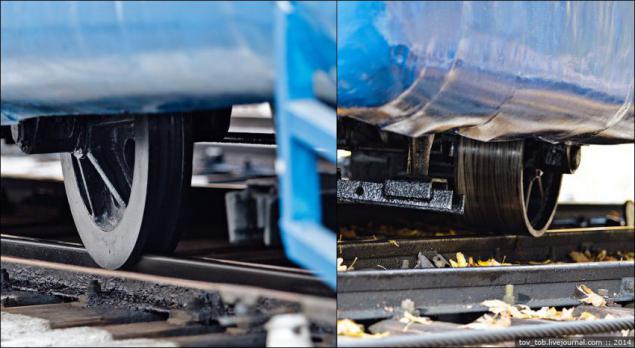
12. On every trailer emergency brake cable has a wedge-shaped type, which covers rail like pliers. It is automatically activated when the speed of the development of carriage of more than 9 km / h, or when you press the magic pedal'ku, which is under the feet of the operator in the car. On a periodic basis the work of the brakes checked.

13. To be effective, the brake cable rails have a special profile with a broad wedge-side surface of the head. This surface is pressed against the emergency brake.
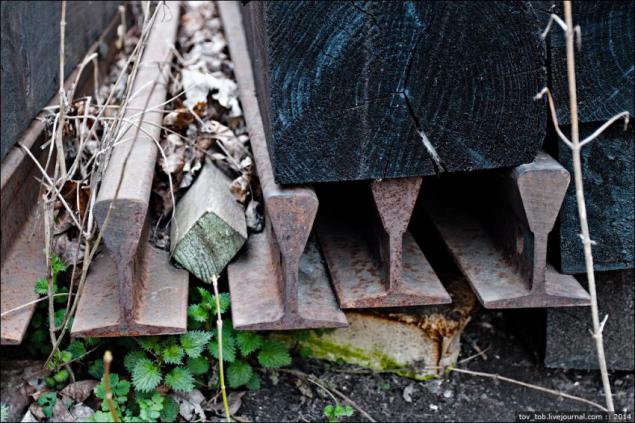
14. Gauge cable - 1200 mm (for comparison: the width of the rail gauge - 1,520 mm).
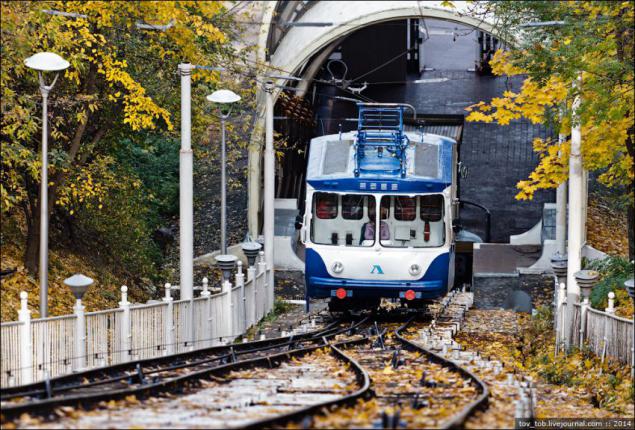
15. Each cable cars always designed individually, as the steepness of the road, its length, width and dimensions of the rail cars are different everywhere.
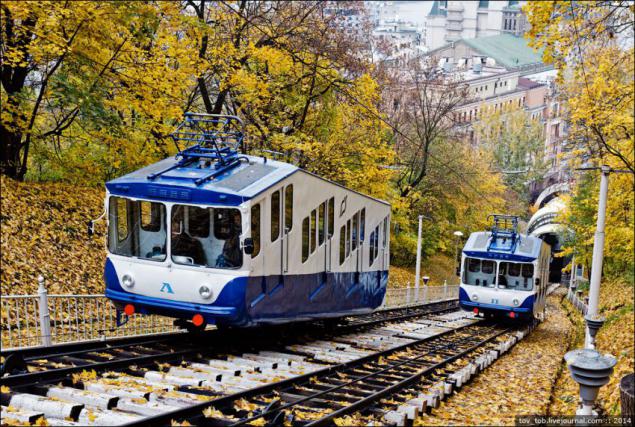
16. Wagons Kiev funicular signed letters "L" (left) and "R" (right) relative to the upper station.
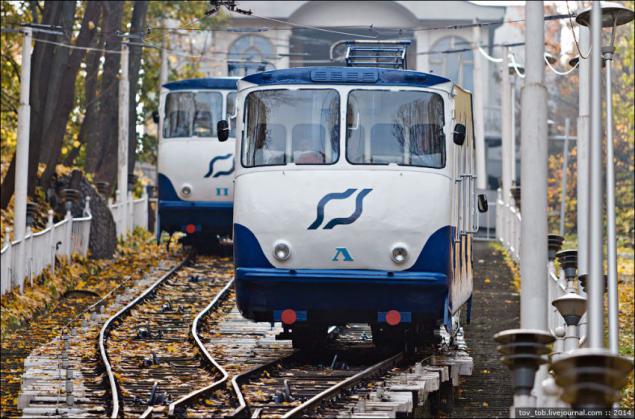
17. A contact network 600 trailers are supplied for interior lighting, heating and compressors that are needed to operate the doors and emergency brake. At the level of the rail can be seen even two wires through them on cars supplied with a current voltage of 24 V, which provides the management and cabin lighting. Reverse current as high voltage circuit and low-voltage goes through the rails.
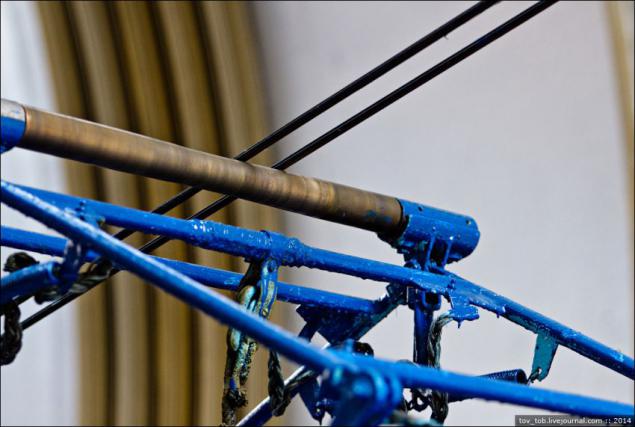
18. Each car accommodates up to 100 people, of which 30 - seats. The weight of one car without passengers - about 10 tons.
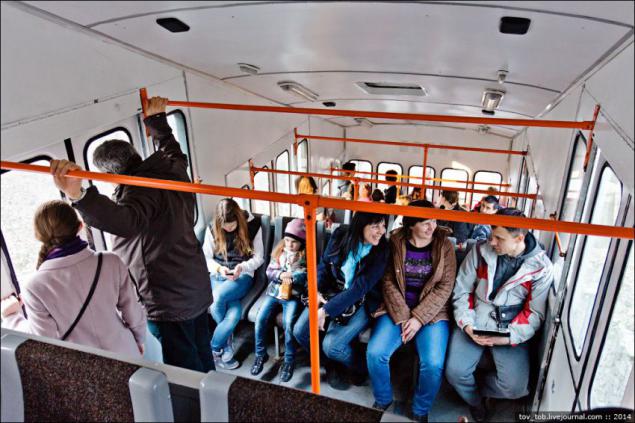
19. In the old wagons sitting operator, which opens and closes the door, confirmed on radio readiness for dispatch, movement controls and, if necessary, may activate the emergency brake and evacuate passengers.
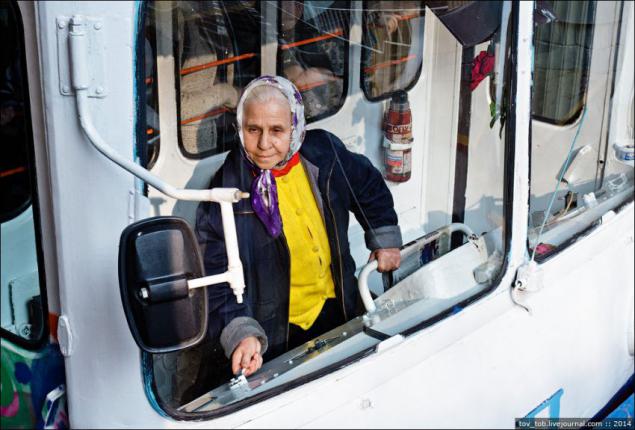
20.
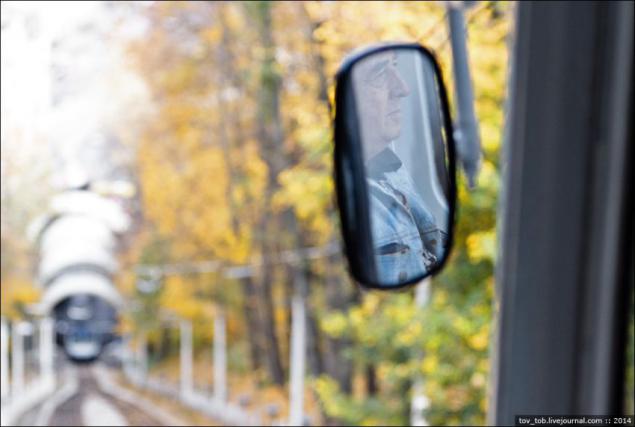
21. Pavilions funicular station had long been firmly fit into the urban landscape.
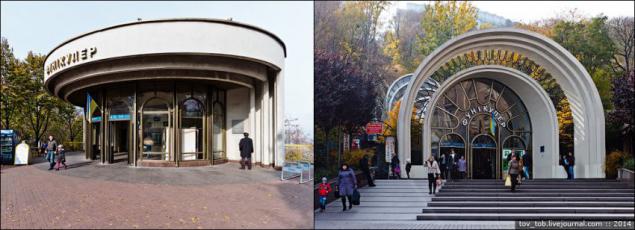
22. The current view funicular found after reconstruction in 1984 (architect Janos Vig, Valentin Ezhov et al.).

23. The interior of the bottom station. Decorative arches of metal sheets alternate with arched stained glass:

24. At the level of the landing platform, landing pavilion vault bottom station rises kind of ladder:
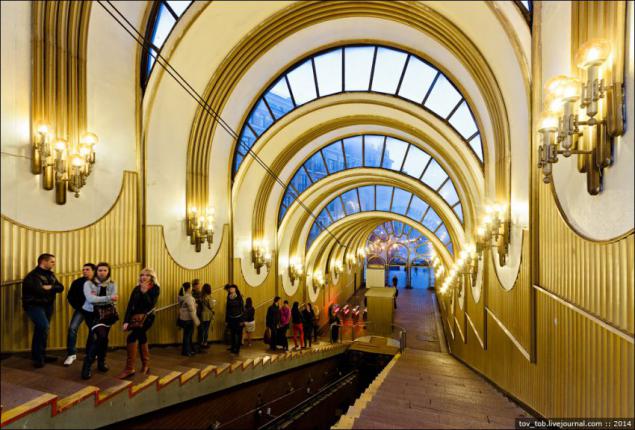
25. If the look and even the location of the lower station of the past hundred years have changed many times, the shape of the upper station of the opening of the cable has not changed.
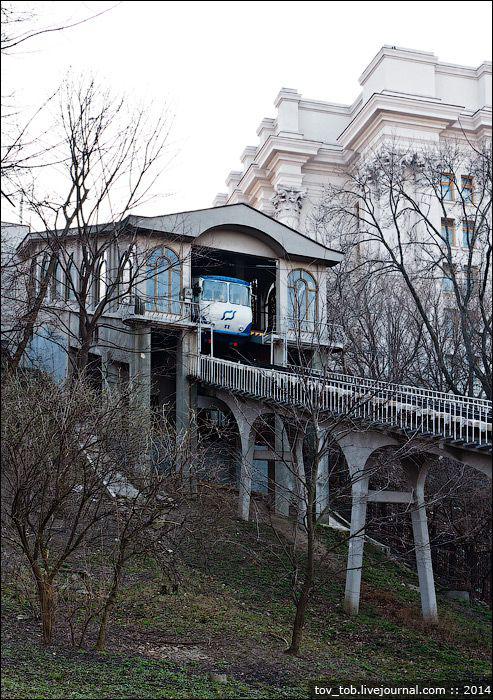
26. At the entrance to the top station there is a small diorama showing the history of the cable car and the surrounding area.
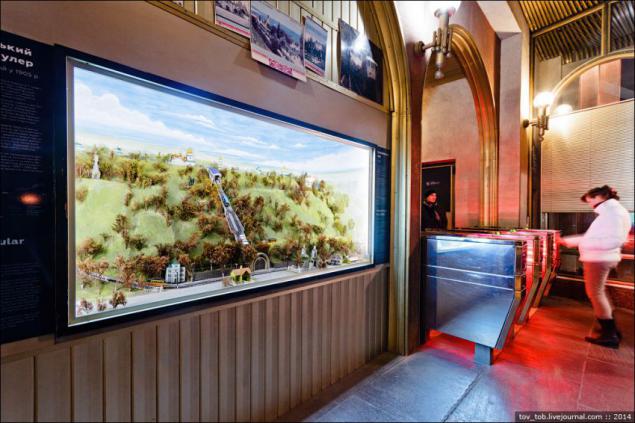
27. Pavilion top station:
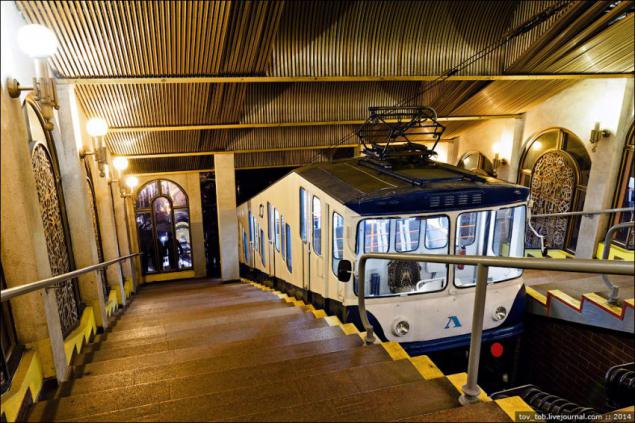
28.
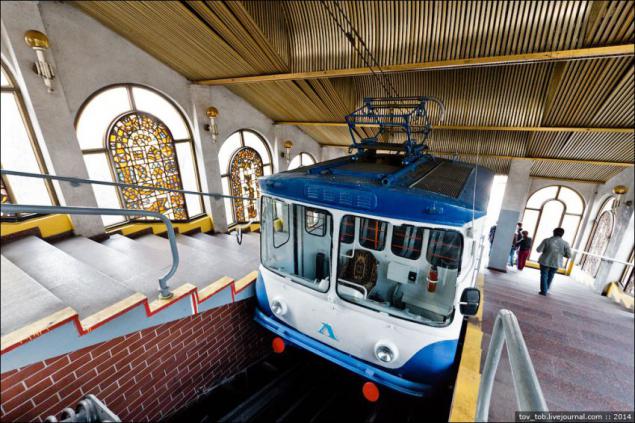
29. Stained Glass:

30. At the top station through a circular window at work watching cable driver:
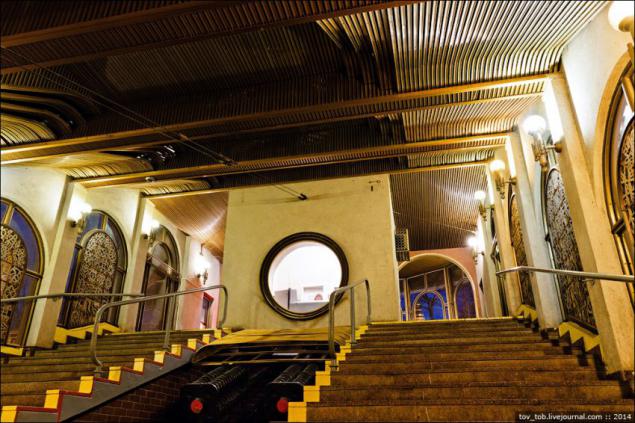
31. The driving position. Very similar workplace driver lifting shaft cage :)

32. In the normal mode by moving trailers funicular runs automatic. It is only necessary to run the system after receiving the confirmation of readiness of both cars.
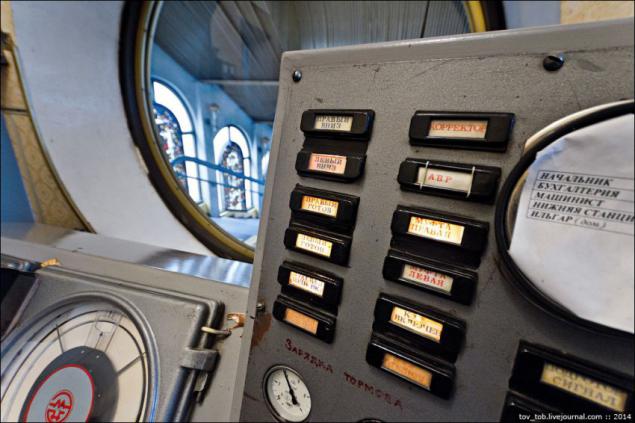
33. Nominal car speed - 7, 2 km / h (2 m / s). Without hearts wagons do not want to move :)
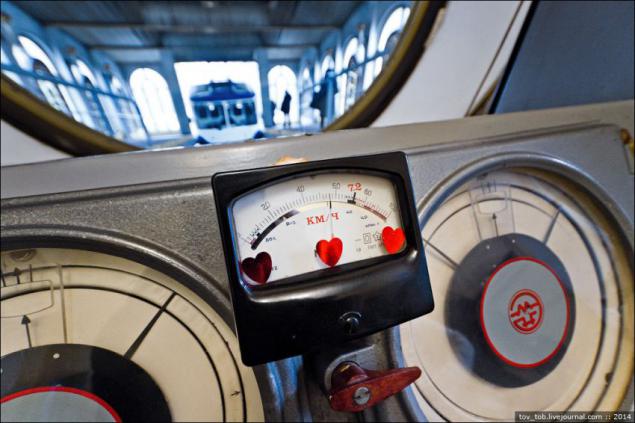
34. Directly below the driving position is a room with a traction drive with the main brake. Go down and suddenly find ourselves in a room with two motor-compressors. The answer to my question "Why do it here?" Was found in a nearby control room.
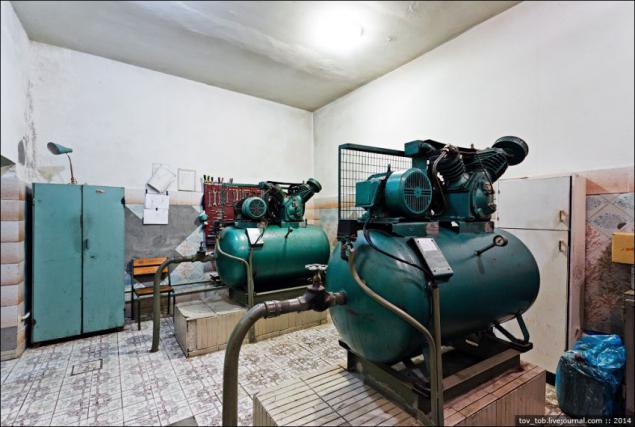
35. Turbine hall. The most notable part of this room - a pulley through which the rope is thrown holding trailers. On both sides of the pulley bows huge brake pads. In the foreground can be seen two traction motor power 82 kW, which are fed from the mains voltage of 440 V.
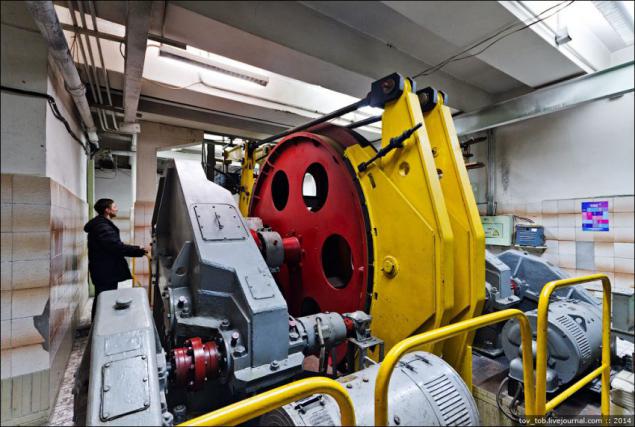
36. On the opposite side of the little room on both sides of the pulley rope come:
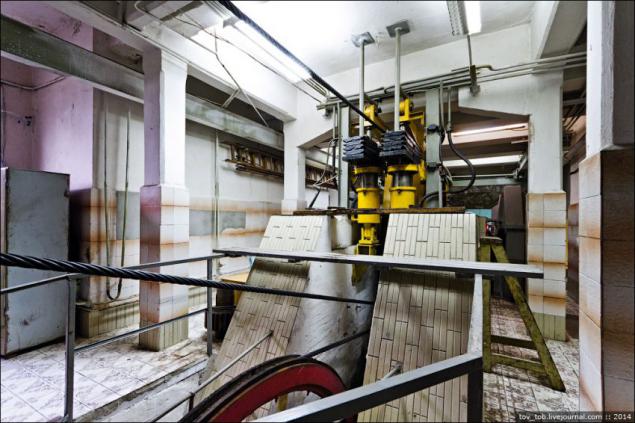
37. The brake pads are actuated by means of a pneumatic (here useful and compressors). In the normal position by a pad of goods that you see in the photo, are pressed against the pulley and cable cars are in a locked state. When moving in trailers supplied compressed air cylinders and pads unclenched, releasing the pulley.
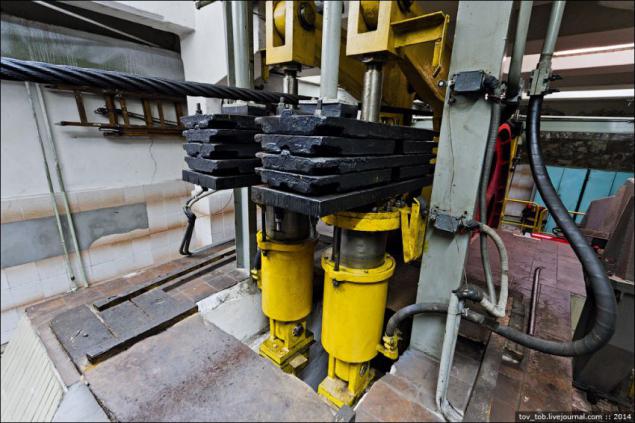
Video shows clearly the work of a pulley. At the end of the trigger pads, but their movement is very small (just a couple of millimeters) and video on almost invisibly.
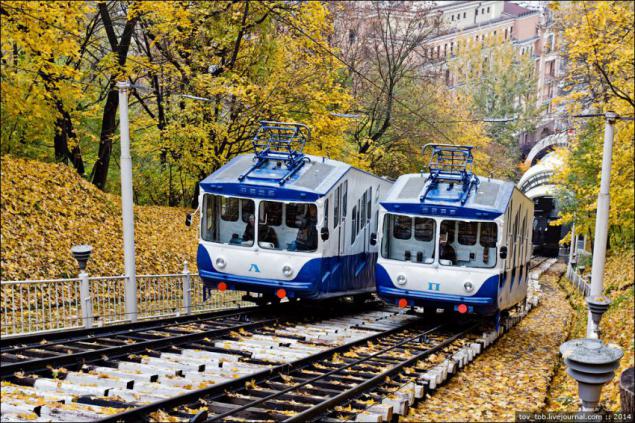
38. Funicular actively used both as urban transport, and as a tourist attraction. Daily ridership - 10-15 thousand. Passengers. On weekends and public holidays on the funicular often long queues.

39. During the last year's record snowfall funicular used as a ski lift for skiing at St. Andrew's descent :)
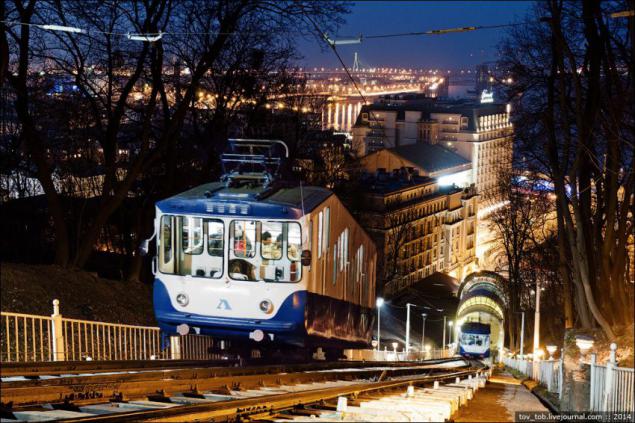
40. In 2008, announces a tender for capital reconstruction of the cable and manufacturing of new cars. Plans to build a new carrier flyover, replace the system of lighting, fencing and cars, as well as upper and lower repair station. However, further announcement of the winner of the tender did not get, because prevented the economic crisis. New reconstruction should be the fourth in the history of Kiev funicular, but when it happens, is still unknown.
--img42--
Source: tov-tob.livejournal.com

